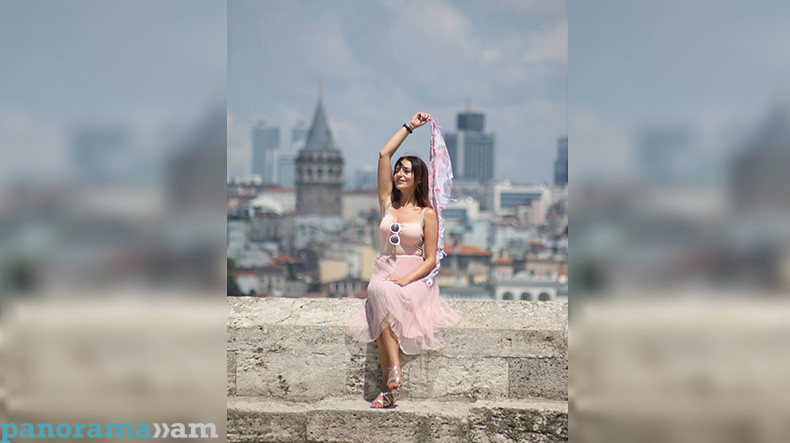
A tour throughout Polis neighborhoods
“You will never go to Istanbul with a light heart,” I thought, drinking ghahva (Turkish coffee) brought from Polis (Istanbul, used by Armenians and derived from the ending of the historical name of the city Constantinople). Yet you always come back even leaving half inch from your heart there,” were my thoughts.
As a matter of tradition, Armenians go to Istanbul and return from Polis. The editor in Chief suggested to write a story of the holiday. I am at table now and recall every single detail of the trip.
The first came Grigor or - let me spell correctly - Krikor. Istanbul Armenians usually pronounce and write the sounds b ph, p g kh, q a bit differently. They call Grigor simply Krikor, Karo – as Garo, Palyans – as Balyans.
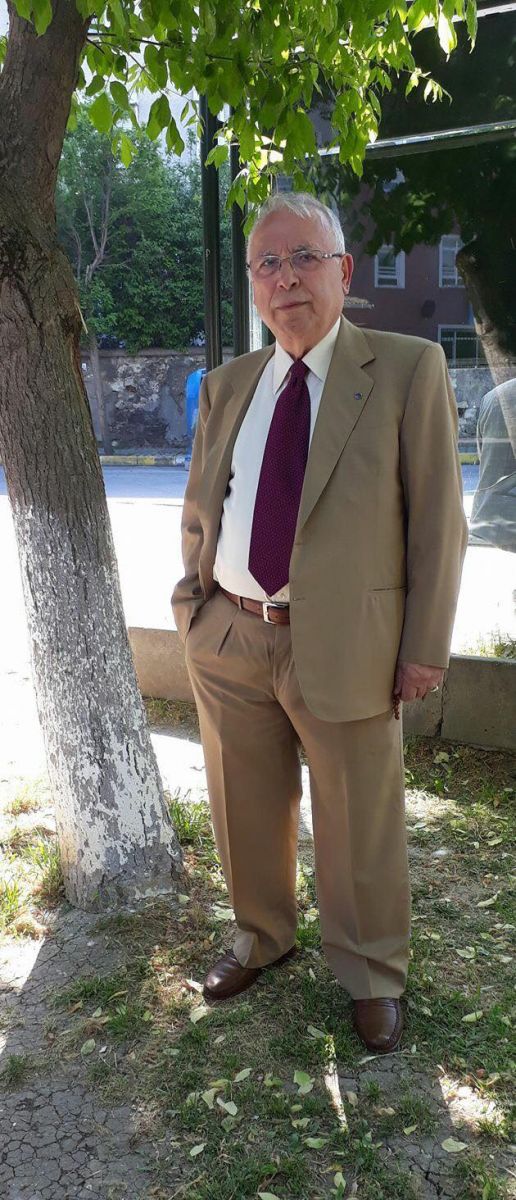
At the airport I was greeted by Krikor. He was born and grew up in Malatya, then moved to Polis. He had a difficult life in Malatya as there were no conditions to learn Armenian. The things changed when he arrived in Istanbul in his youth, lived within an Armenian community, married an Armenian woman, yet never learnt the language.
The next stop from the airport was Krikor’s house. Located in Heybeliada island (the second largest of the Prince Islands in the Sea of Marmara), we reached the place by ship. We were trying to communicate with my non-existent Turkish and Krikor’s poor Armenian. Krikor felt uncomfortable for his lack of Armenian knowledge, yet his justification sounded excellent – his children and grandchildren know Armenian and attend Armenian schools, adjacent to the local churches.
Then, the four islands appear. We were passing by Kınalıada island when Krikor’s eyes started blazing. Kınalıada or Knal, as the local Armenians call the island, is an Armenian populated island with 90 per cent of the population being Armenians. Krikor’s children and sister also live here. Armenians are prone to live side by side. While buying a property in any district of Istanbul, the first priority for them is always to check whether there are Armenian neighbors.
Anna, Krikor’s wife, is the brightest part of his life whose roots come from Mush and Malatya (once heavily Armenian populated regions in Eastern Turkey).
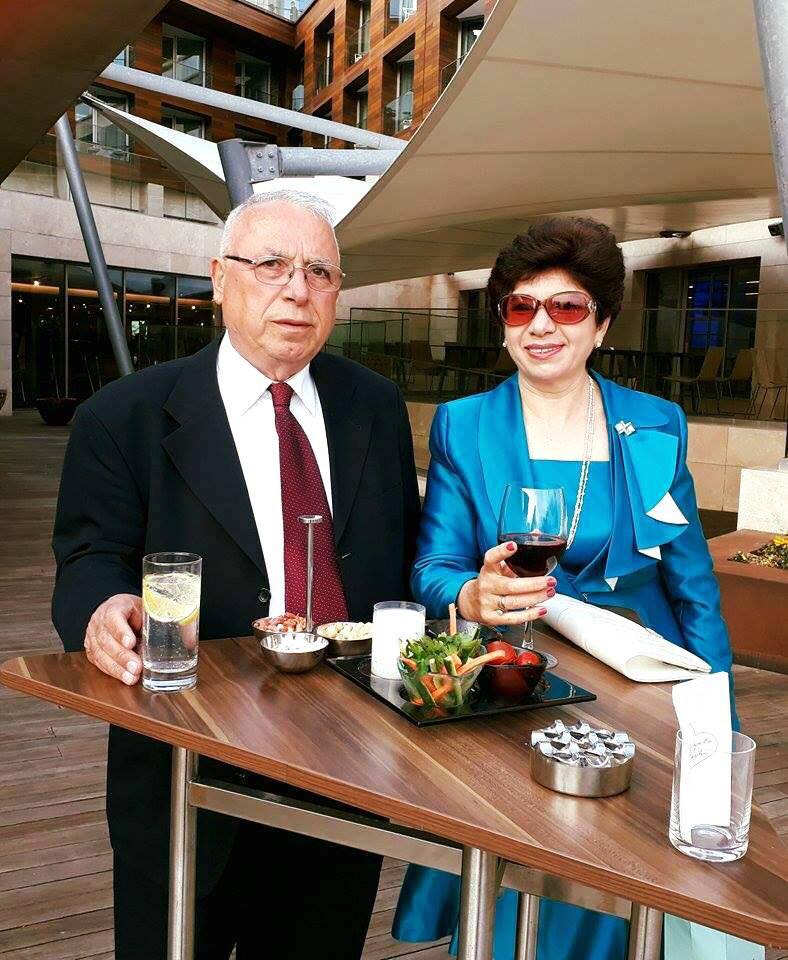
Their mutual affection was born from stories about Malatya. In Kınalıada, they often attend gatherings of the locals. By the way, visitors from Armenia shine like stars at those events. As I was told once by the friend, who had the privilege to attend one of those evenings, everyone came and welcomed the guest.
Krikor’s syster, Ankin, prepares the tastiest dolma in the world with a special recipe - stuffed with lamb and dried vegetables. Dolma preparation is a long process. First, the vegetables are peeled, and dehydrate in balcony before being stuffed and boiled. The Malatya Armenians have their own special bread recipe as well. In general, a small Western Armenia lives in this small island with each district having own lifestyle and habits.
You will not hear much Armen in the streets. The language issue is a serious one in Polis. State interference could be an explanation as unlike the religion where Armenians are conservative, the language is on the verge of disappearing. Non-Armenian communication among the locals is of a major issue. The majority of the Armenians does not speak Armenian. My impressions were shared by Diana, one of the community members: “Unfortunately, the number of students attending Armenian colleges is desperately droping. The new generation prefers the local language,” explained Diana.
Today, 18 Armenian educational institutions operative in Istanbul with 14 of them belonging to the Apostolic Church and 4 – to the Catholic.
The second came Shaqe, whom I met in Polis. She is Krikor’s neighbor. She was born and raised in Polis and speaks Armenian beautifully, even more than me and you.
.jpg)
- O, Mr. Krikor, good day, how are you doing. You have a gust, as I see. Krikor understood Shaqe, yet answered in Turkish. I cannot transfer the 80-year old woman’s excitement when she revealed I had come from Armenia.
- Oh, my darling, have you arrived from Armenia? Are you tired of the roads? How long are you going to stay? Will you be here during the Assumption (Traditional blessing of the grapes marked by the Armenian Church) as we could go to church?
I said I was not tired at all and was happy to be in Polis. I also promised wo go to church, Missis Shaqe then turns to Krikor: “Have you learnt a single Armenian word today? You won’t get rid of me until you learn. Even my cat knows Armenian better than you, Krikor, that’s a shame.” She again turns to me with pride, adding “My cat is Armenian.”
“Oh, Now I will be strangled in my sleep,” continued the woman: “You know, I am just coming from the Kınalıada Armenian Church. His Holiness Sebuh from Vanadzor, Armenia offered his prayers. My soul is enlightened. It was such a sweet feeling. I will probably attend a liturgy at St. Mary Church of the Mother of God in Polis during the Assumption. Do you know the place?” asked she.
I replied positively, adding the visit to the Polis Mother Cathedral is well planned. Shaqe resoundingly clapped her hands in appreciation, saying tasting grapes will start for her only after the service.
It was completely impossible to describe my excitement not for being too religious but rather seeing the love, belief, life, the values cherished, the Armenians and Armenia in that small island.
The images of people protesting the church in Yerevan streets, others - boasting openly of their atheism on social media, devaluating everything and those trying to appear more catholic than the Pope passed in front of my eyes. I thought of the huge differences among the Armenians of Diaspora and Armenia. One reason to explain was perhaps the carelessness in Armenia and the lack of fear to lose their identity.
The formation of a separate Armenian religious community in Constantinople traced back to 572. Since the establishment of the Armenian Patriarchate of Constantinople in 1461, 55 Armenian churches have been built in Istanbul, Apostolic, Evangelical and Catholic among them. Some 36 Churches operate till our days.
The next neighbor of Krikor I would like to introduce is mother Arshaluys. In one of evening she was treating us with Dondurma (a Turkish mastic ice cream) and fruits. No one tried fruits no matter how hard Anna treated all us to taste. The next morning, I see Anna explaining the fruits might spoil as she decided to made compote. “You will taste it in the evening,” added she.
The all generations of refugees, perhaps, feel through a genetic code all sufferings and the hunger they experienced. Their treatment of the food is a matter of culture as they are used to assess the moral value of the food.
The Armenian trace in Istanbul is everywhere. It has left an indelible mark in the life of the developing city. The heritage left by only Palyans allows to state with proud this city has been decorated by Armenians. Apart from all, there are merely Armenian neighborhoods, Shishli, Qurtulush, where you meet Armenians at every turn.
The pharmacy of Mr. Hakob on the road to one of Armenian districts is an example, the Armenian signboard of the jewelry shop of Vartan Ohanessian comes the next. The latter is the one who prepared and sells the Forget-me-nots, the symbol of commemoration of the Centennial of the Armenian Genocide, right in the center of Istanbul.
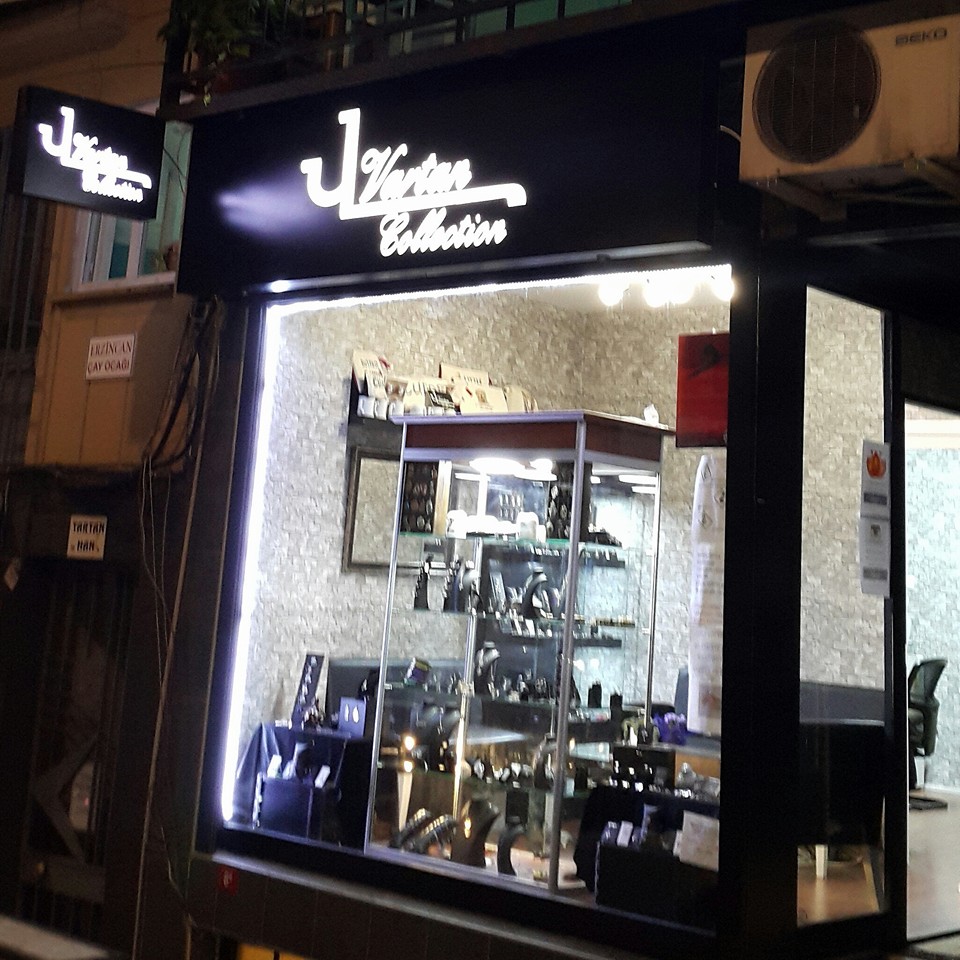
We will find Armenians where you expect to see them the least. I was looking for a photographer for a long time to make a photoshoot in Istanbul. I embarked on a photographer social media account Ignis Sanat and contacted.
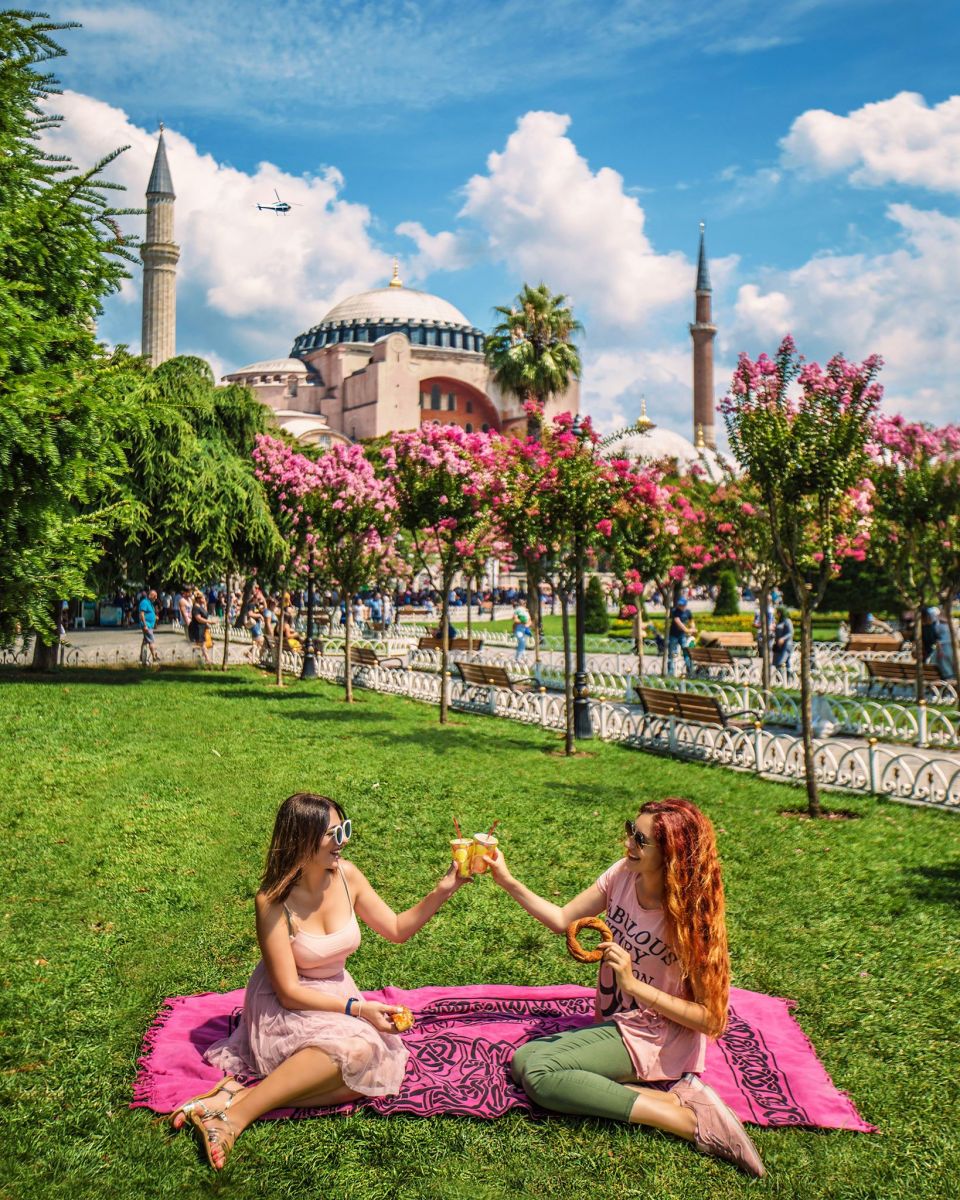
It turned out they are a married couple with the husband Armenian and the father of the wife also Armenia. I made up my mind to entrust that ‘saint’ task. We arranged out meeting toured the whole city and take photos. Karen, the husband, was all about Armenia as he planned to visit the motherland with wife and was asking me to tell about the treasures of the country to her.
I am confident they will arrive soon and the first place we may see them is Tatev monastery. He knew so many legends about Tatev that could comfortably work as a tour guide in Armenia. Everyone in Istanbul knows about Armenians. Tourists have no nationality as they are always welcomed and liked in their city. But, whenever a tourist starts discussions about a lost motherland and the Genocide, the first thought strikes them is they have come to demand a territory.
There are many Turks who believe the Genocide took place, yet they are not keen on accepting the truth out of uncertainty about the future and vague ideas of compensations. Erdogan’s cynical condolences delivered every year on April 24 bolster their belief in the invented lie.
On many occasions, I asked the locals about their treatment of the Armenians. All of them respond they are humans like us, probably out of politeness. They do that guided by kind intention as they have been brought up with an idea that Armenians are people of second sort. Today, they are so benevolent that equal those people to them. By the way, in all their speeches they mechanically share Erdogan’s rhetoric and the tone of voice. That comes to show the leader’s direct impact on all of them.
The politics and Erdogan were the least topics I would like to share while telling my story of Polis. The Assumption or the Blessing of the grapes was to come in the end. The solemn prayer service started in the yard of the St. Mary Church of the God Mather.
Christian Feasts are specific days and marked pompously in general, this one in particular, as it was also the Feast of St. Mary. The Church bells started ringing. I could not but keep emotions and excitement. Armenians were marking a Christian Feast in a country that conducted Genocide. No church bell ever carried such a great meaning in my life as the one I heard in Polis.

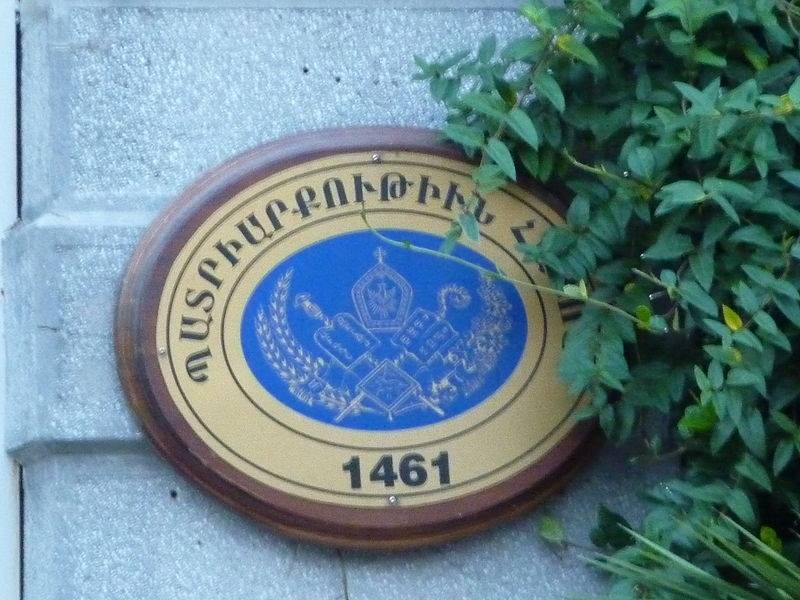
Newsfeed
Videos





.JPG)

























